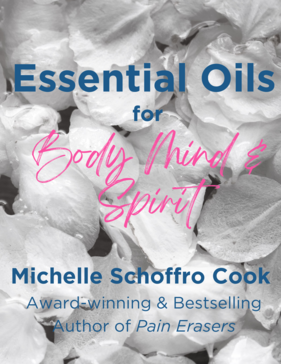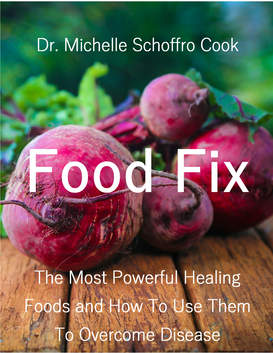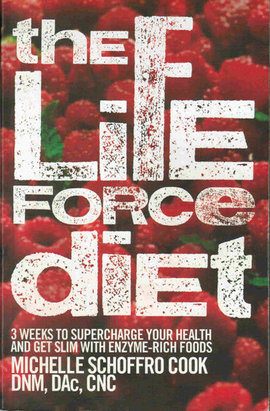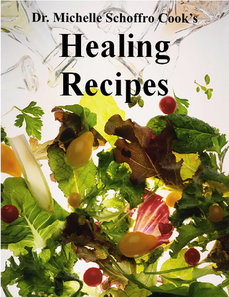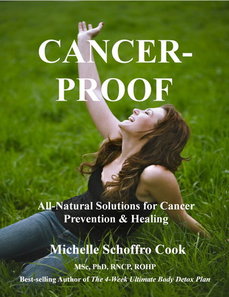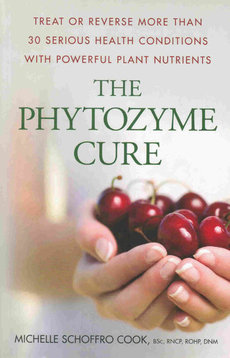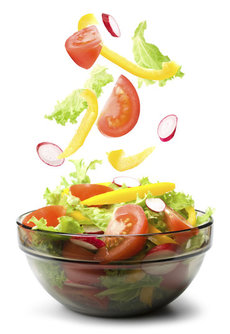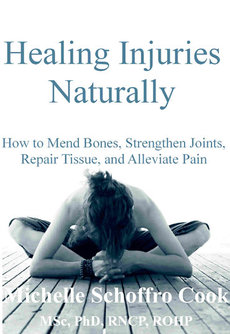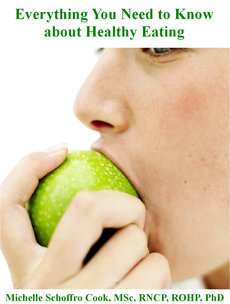Most people know about the health benefits of yogurt but few have even heard about kefir (pronounced ke-FEER). In many ways it is like a drinkable form of yogurt but offers even greater health benefits than yogurt. Like yogurt, kefir is typically a cultured milk product (although there are non-dairy and juice varieties as well) that has a tart, tangy, sour-like taste and a slightly bubbly characteristic. Adapted from my new book, The Probiotic Promise: Simple Steps to Heal Your Body from the Inside Out, here is what you need to know about kefir.
Kefir comes from the Turkish word “keif” which means “good feeling” probably for the health benefits it offers. This beverage originates in the Caucasus Mountains in Eastern Europe. Slightly thinner in consistency than yogurt, it is made with kefir grains, which aren’t actually grains but a combination of various bacteria and yeasts. Some commercial kefir products are made with powdered kefir starter, which isn’t truly authentic. Like yogurt, many commercial, bottled kefir products are frequently heavily sweetened and flavored, so be sure to read the labels if you’re buying pre-made kefir.
Many people report that drinking kefir on a daily basis shows digestive improvements within a week or two. Other conditions: Research shows that Kefir consumption reduced cholesterol levels, lowered blood glucose levels, and prevented blood pressure spikes in animals.
Kefir has also shown potential for the prevention or treatment of fatty liver disease, which is a common factor in weight that won’t budge and diabetes.
One of the probiotics, Lactobacillus kefiranofaciens has been found to produce a substance known as kefiran. In a study conducted at the Research and Development Division, Daiwa Pharmaceutical Company Ltd, in Tokyo, Japan and published in the journal Biofactors, researchers found that kefiran from kefir prevented increases in blood pressure, reduced cholesterol levels, and lowered blood glucose levels in animals.
In a study presented in the International Journal of Obesity, researchers at Da-Yeh and National Chung Hsing Universities assessed the effects of kefir consumption on fatty liver disease. Fatty liver disease is a common problem linked with overweight and obesity, insulin resistance, and diabetes. Unfortunately, there is no medical treatment that is effective for this health problem so the researchers attempted to find new and natural strategies to improve the condition. They found that daily kefir consumption improved fatty liver syndrome, and specific metabolic issues linked to the disease including: increased metabolic rate, improved energy expenditure, and decreased triglyceride and cholesterol in the liver. The scientists concluded that kefir may have the potential for the prevention or treatment of fatty liver disease.
Cutting-edge research has showed that probiotics found in some kefir products holds promise in the treatment of cancer as well. One type of probiotic called Lactobacillus kefiri P-IF was shown to help destroy human leukemia cells--even when multiple cancer drugs were unable to induce the cancer cell-killing process. The scientists concluded that the novel kefir bacteria “may act as a potential therapy for the treatment of multidrug-resistant leukemia.”
If you are purchasing kefir products, beware of added flavors and sugars. Kefir is easy to make on an ongoing basis so you can keep a regular supply to boost your health. And it is far superior to most of the bottled varieties. It takes a couple of minutes to add the kefir grains which are not actually grain products at all, to the milk, dairy-free milk, or juice you’re using and 24 to 48 hours to ferment. Since probiotic cultures tend to dwindle over time during storage, making your own is also a good way to ensure the integrity of the probiotic cultures in your kefir. I recommend using kefir grains over starter powder for a more authentic kefir that is full of live cultures. YSee my book The Probiotic Promise: Simple Steps to Heal Your Body from the Inside Out for step-by-step instructions on how to make homemade kefir. You’ll only need a sterilized glass jar, a mesh (not metal) sieve, kefir grains, and milk, coconut milk, juice, or other beverage. You can drink kefir on its own, stir in vanilla or cocoa for a flavored beverage, add it to your breakfast cereal, or add fruit and whip it into a delicious smoothie.
Dr. Michelle Schoffro Cook, PhD, DNM is the international best-selling author of the books The Probiotic Promise, 60 Seconds to Slim, and Weekend Wonder Detox, a registered nutritionist, and a board-certified doctor of natural medicine. Subscribe to my free e-magazine World’s Healthiest News to receive monthly health news, tips, recipes and more. Follow my blog on my sites HealthySurvivalist.com and DrMichelleCook.com, and Twitter @mschoffrocook and Facebook. Copyright Michelle Schoffro Cook, PhD. Take the FREE WEEKEND WONDER DETOX QUIZ to determine which detox is best for you.

